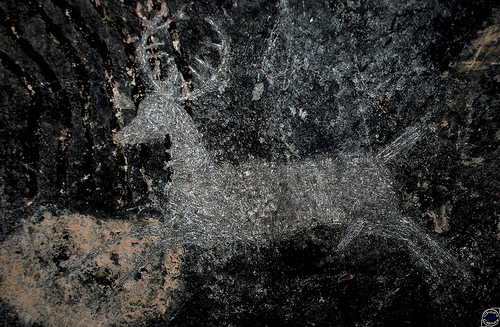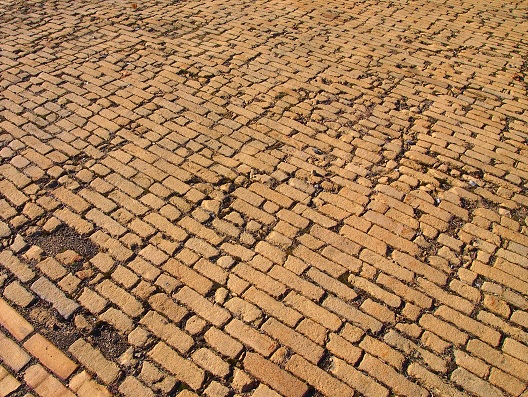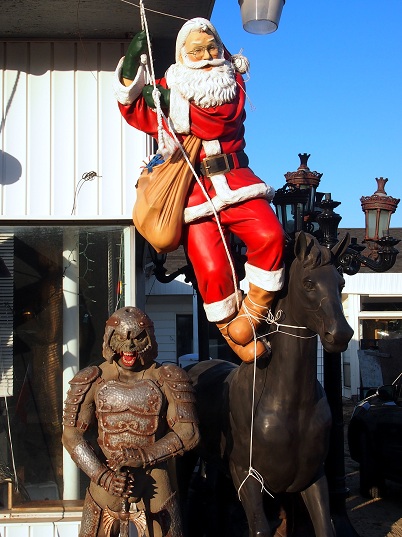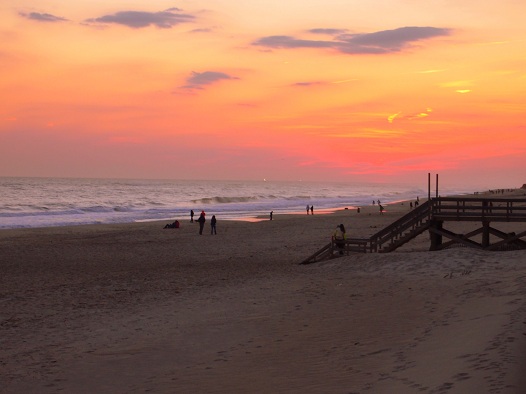January 22, 2011 — Minus a few obstinate contrarians, Stanley Kubrick, and probably three quarters of the residents of Kansas, we’re all fans of
The Wizard of Oz, whether it's the 1900 L. Frank Baum book with the word
Wonderful in the title or the 1939 movie adaption. I recently realized that I’ve been to or heard about enough Oz-related sites in the northeast that I could put together a road trip themed accordingly. So I did.
I’m not going to lie to you, though. It’s a whirlwind trip. But that’s just effing appropriate. It goes from Washington, D.C., all the way to Burlington, Vermont. All told, about 16 hours of pure driving time, one-way.
However, most of these sights are in New York, and if you want a more manageable trip, just stick to that state and you’re only looking at a one-way trip of about seven hours. But you can’t call yourself a
Wizard of Oz fan. Just kidding. You can call yourself anything you want.
A. Ruby Slippers (Washington, DC): It’s the first thing Dorothy got on her road trip, and just the thing to start this jaunt up the northeast U.S. Today, one of the few existing pairs of ruby slippers used in the movie can be found in the Icons of American Culture exhibit at the
Smithsonian National Museum of American History, alongside the likes of Kermit the Frog and Archie Bunker’s chair. Europe gave us Shakespeare, Africa the Pyramids, Asia the wonder material that is silk. We added to culture a pair of red-sequined shoes and a ratty Barcalounger.
B. Grave of the Wizard (Brooklyn, NY): Although I’ve been to the famous
Green-Wood Cemetery in Brooklyn, I've never been off to see the wizard. Nevertheless, here lies Frank Morgan, nee Wupperman, the actor who played him and four other characters in the movie. He’s hiding behind the curtain in
Section 168, Lot 14447.
C. Grave of the Cowardly Lion (Ridgewood, NY ): Put ‘em up for Bert Lahr, who really went all out to sell a character that could have easily come off badly and been a blight on the movie. His reward? The same as the rest of us.
A plot of dirt. His is in
Union Field Cemetery in Ridgewood, New York. I’m not sure which plot, so you’ll have to check with the cemetery. They don’t accept my calls anymore.
D. Grave of Judy Garland (Hartsdale, NY): Her life was legendary, and her funeral
almost even more so. Garland is buried in the cemetery to the stars that is
Ferncliff in Hartsdale, New York, just north of Manhattan. Here, she rests amid such august company as Joan Crawford, Basil Rathbone, and Jam Master Jay. She’s in a bottom drawer in the main mausoleum, Unit 9, alcove HH, crypt 31. Hail, Dorothy.
D. Grave of the Soundtrack Composer (Hartsdale, NY): While you’re at Ferncliff, trot outside the mausoleum to the
grave of Harold Arlen, who composed the score for the movie, including the music for
Over the Rainbow. He’s under the ground in Hickory Section, Grave 1666.
E. Grave of the Good Witch (Valhalla, NY): Not too far from Hartsdale is Valhalla. Inside Valhallha is Kensico Cemetery. Inside Kensico Cemetery is the grave of Billie Burke. Inside Billie Burke is Glinda the Good Witch. For those of you who don't travel by bubble, here's
how to get there.
F. Baum’s Hometown (Chittenango, NY): Chittenango, the awkwardly named town where it all began, has sidewalks paved with yellow bricks in honor of their native son. If one molecule had been misaligned here on May 15, 1856, we’d never have had L. Frank Baum, which means we’d never have the book, which means we’d never have the movie, which would’ve led to the ultimate tragedy of never having
The Wiz. I wrote about my visit to Chittenango
here.
G. Baum Houses and Star (Syracuse, NY): Baum spent a few years in Syracuse, and there are spots all over the city connected to him, including one of the houses where he lived at what is now
266 Holland Street and the house where his sister lived (and where he met his wife) at
678 West Onondaga Street. He also has
a star on the city’s Walk of Fame at the Landmark Theater, 362 South Salina Street.
H. The Real Yellow Brick Road (Peekskill, NY): There’s a great case to be made that a centuries-old parking lot in Peekskill, New York, where Baum went to military school at age 12, is the remnants of the road that inspired him to include such a thing as a yellow brick road in
The Wonderful Wizard of Oz. Here’s
the explanation and an account of my recent visit.
I. Wicked Witch of the West Melting Spot (Salisbury, CT): Although I’ve done it myself, there's no real reason to actually stop here, but you should at least be aware that this road trip route skirts the location of the last breath of Margaret Hamilton, the Wicked Witch of the West. Just over the border in Salisbury, Connecticut, is
Noble Horizons, the nursing home where Hamilton spent her final years before dying in 1985 at age 82. Her last words weren't recorded, but I can only hope they were “What a world, what a world.”
J. Flying Monkeys (Burlington, Vermont): Baum's book and the movie it inspired bequeathed us quite a few indelible images, but none so seared itself into our cortex more than monkeys with wings. Who knew they would look so good on a city skyline, though? Burlington, Vermont, that’s who. My visit
here.



















































